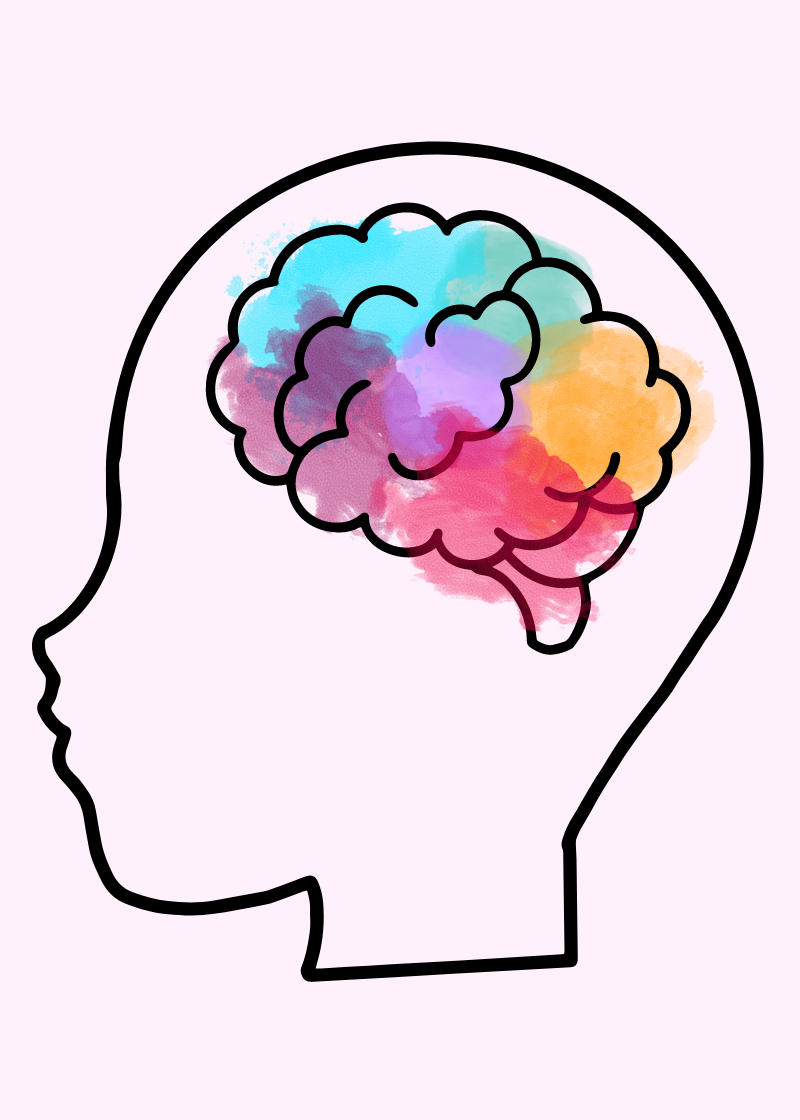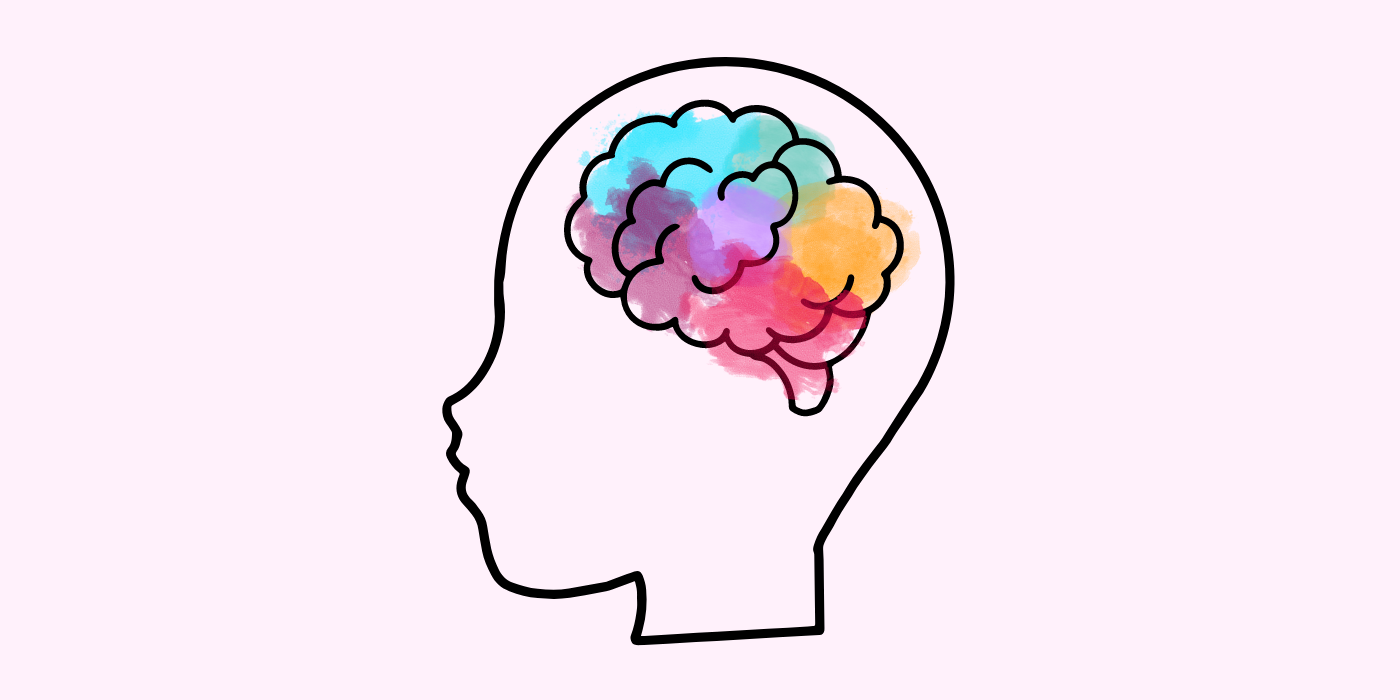Australia’s technology skills shortage is set for a shakeup, as an increasing number of companies embrace - and seek out - the distinct talents of the neurodiverse.
Neurodiversity refers to the idea that neurological differences (such as those seen in autism or ADHD) reflect normal variations in brain development, rather than being conditions to prevent, treat or cure.
Australian Spatial Analytics (ASA) is an Australian market leader in digitising for diversity. The not-for-profit data solutions enterprise employs 100 people; around 80 per cent live with a disability (mainly ADHD and autism spectrum disorder) and 85 per cent are under 30 years old.
Before working at ASA, most employees were long-term unemployed and almost half are in their first job. Currently, the ASA team is working a combined 6500 hours monthly, resulting in over $250,000 in wages being paid to staff each month.
ASA’s social purpose focuses on the societal need to digitise for diversity through supporting and empowering individuals to do their best work. For example, in interviews they no longer focus on asking “what can you do?” but rather “is there anything in this room that makes you uncomfortable?” and starting conversations to address that.
The majority of staff at ASA have been assessed as being in the top three per cent of the population in areas such as spatial problem solving and pattern recognition, thoroughness and attention to detail.
ASA believes neurodiversity should not only be a part of the digital ecosystem, but excel digital professionals using their distinct cognitive talents.
According to the ASA website:
- Only 15 per cent of working-age Australians affected by autism are in full-time employment — over 100,000 talented individuals on the spectrum are likely to remain unemployed for much of their lives.
- The majority of staff at ASA have been assessed as being in the top three per cent of the population in areas such as spatial problem solving and pattern recognition, thoroughness and attention to detail.
Data analytics is one of the top five in-demand skills in the employment market for 2022, however the technology skills shortage currently sees more than 85 per cent of Australia’s data extraction and analytic services go off-shore.
Big tech companies also recognise and embrace the advantage of hiring candidates who are neurodiverse – Hewlett Packard, SAP and Microsoft were all early adopters of the diverse hiring practice.


